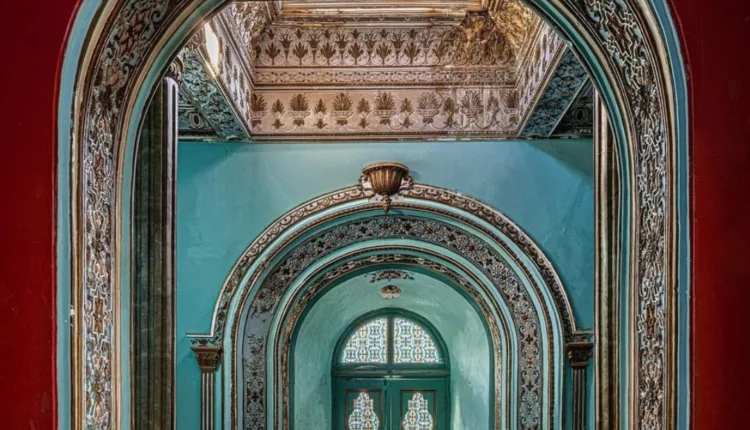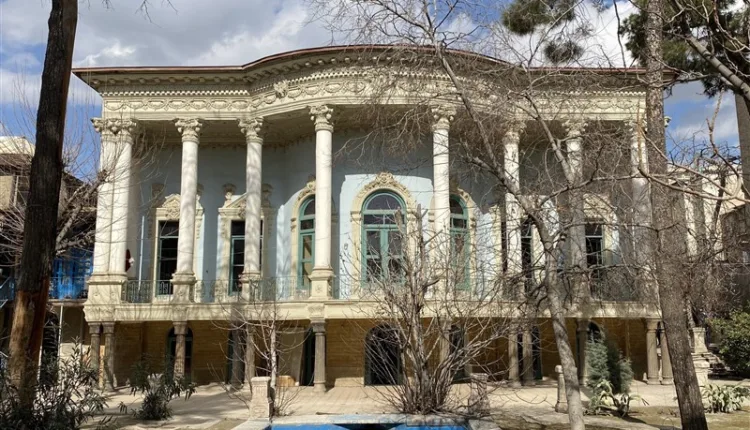Mostofi-ol Mamalek Mansion in Tehran
Journey Through Iran's History
A Visit to Mostofi-ol Mamalek Mansion
Introduction
Unravel the threads of Iran’s contemporary history by paying a visit to the Mostofi-ol Mamalek Mansion. Nestled amidst the bustling streets of downtown Tehran, this mansion holds a significant place in the nation’s rich past.
A Storied Past: The Construction of the Mansion
Constructed towards the end of Nasser al-Din Shah Qajar’s reign in 1311 AH, this mansion whispers tales of bygone eras. Nestled at the intersection of Galobandak and the Pass of Mostofi, it bears the indelible imprint of the Qajar and Pahlavi eras of Iranian history.

A Noble Residence: Home of Mirza Hassan Khan Mostofi-ol Mamalek
Consequently, the mansion served as both the residence and workplace of Mirza Hassan Khan Mostofi-ol Mamalek, an esteemed statesman during the Qajar and Pahlavi periods.
In eras gone by, Born to Mirza Yusof Mostofi Ashtiani, the Prime Minister to Nasser al-Din Shah Qajar, Mostofi-ol Mamalek was an instrumental figure in shaping Iran’s contemporary history.

The Heart of Politics: The “Political House” of Tehran
Now, so significant was this mansion’s role in the nation’s political landscape that it earned the moniker of the “political house” of Tehran. The first Iranian constitutional cabinet was convened within its historic walls.
Preserving Authenticity: A Gem Unrestored
Interestingly, what sets the Mostofi-ol Mamalek Mansion apart from other historic homes in Tehran is its untouched authenticity. Despite the passage of time, this mansion stands in its original form, free from any restoration or alteration.
So, it’s a rare opportunity to step into a piece of Iran’s history, untouched and preserved, at least online.

National Recognition: A Heritage Landmark
In 1977, the mansion was acknowledged for its historical significance and was officially listed in the Iranian national heritage register. Despite being currently owned by the Post Office and not yet open to the public, the mansion’s historical importance and architectural splendour mark it as a must-visit for those passionate about Iran’s storied past.

